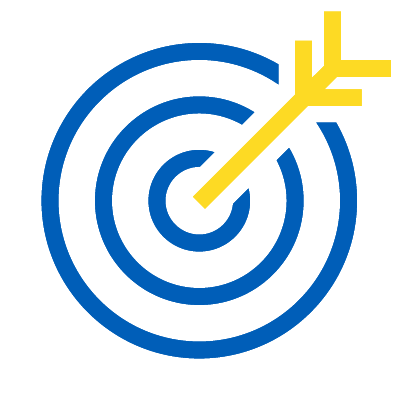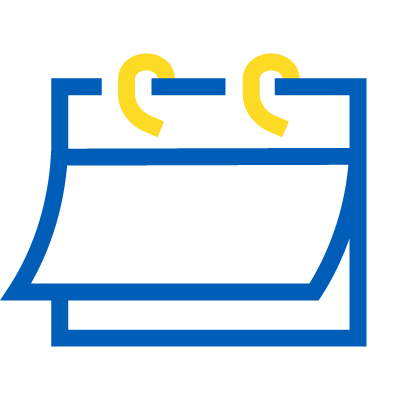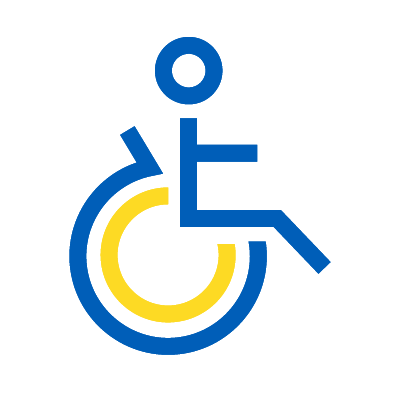Articles May 17, 2024
Making Accessibility Business as Usual: How to Start Working Toward Accessibility Conformance


Set a Goal (and Share It!)

Targeted Standard
The accessibility standards and conformance level you’re targeting, such as WCAG 2.2 AA

Timeline
A roadmap with key milestones you aim to achieve

Approach
Measures being taken to monitor and improve accessibility

Contact
Contact information for reporting accessibility issues or seeking assistance
Understand Your Current State
Accessibility Conformance Report (ACR)

Outline your website’s current level of accessibility and WCAG conformance

Inform users about the measures being taken to monitor and improve accessibility





